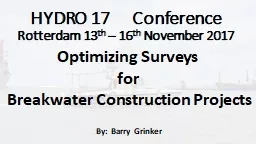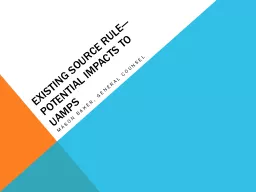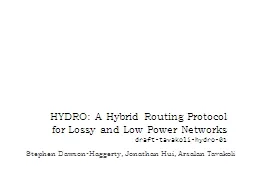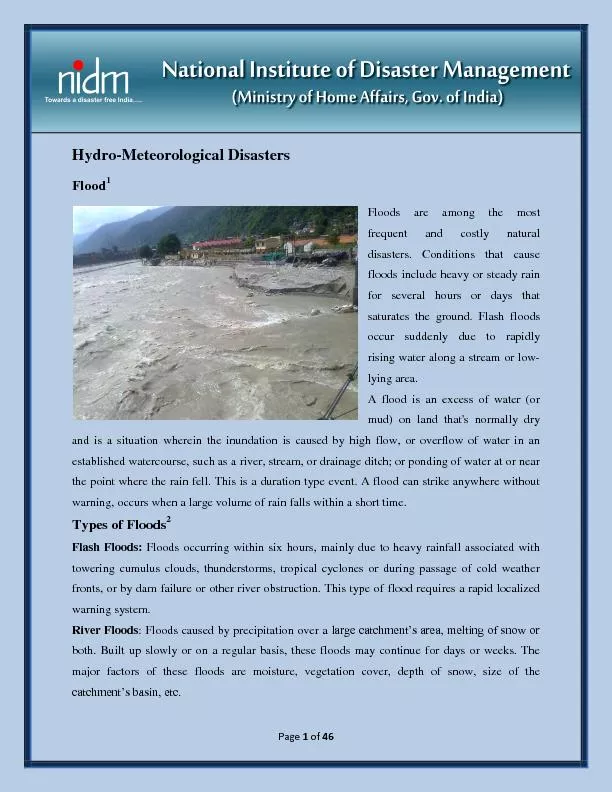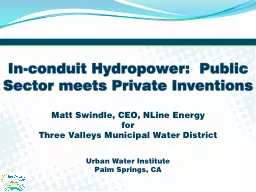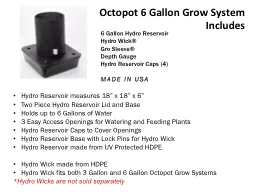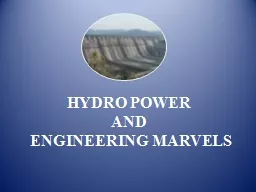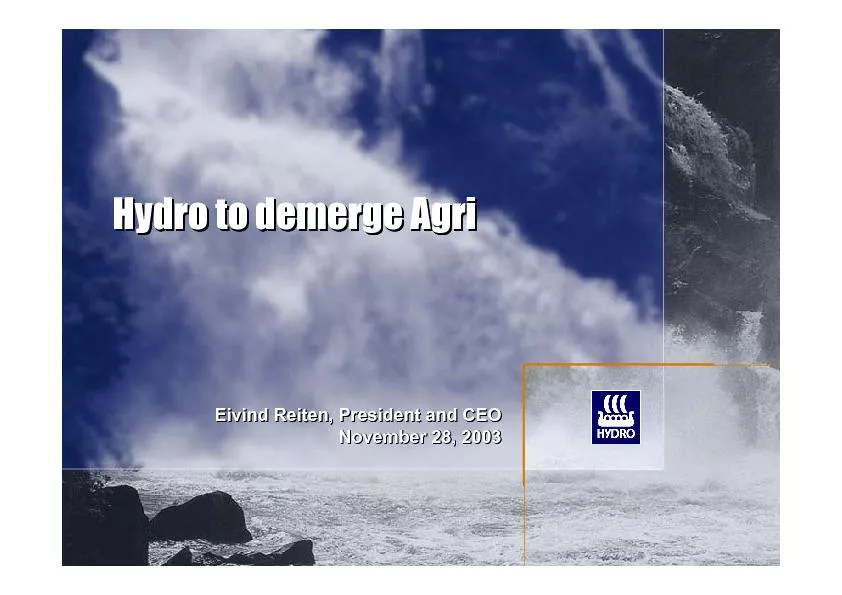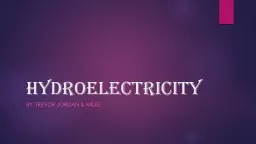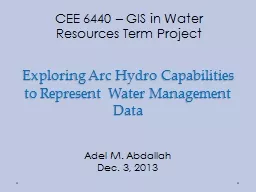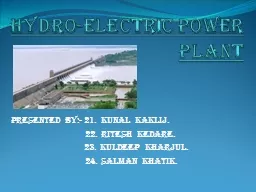PPT-HYDRO 17 Conference
Author : giovanna-bartolotta | Published Date : 2019-01-26
Rotterdam 13 th 16 th November 2017 Optimizing Surveys for Breakwater Construction Projects By Barry Grinker Background Lia Engineering amp Surveying Ltd is
Presentation Embed Code
Download Presentation
Download Presentation The PPT/PDF document "HYDRO 17 Conference" is the property of its rightful owner. Permission is granted to download and print the materials on this website for personal, non-commercial use only, and to display it on your personal computer provided you do not modify the materials and that you retain all copyright notices contained in the materials. By downloading content from our website, you accept the terms of this agreement.
HYDRO 17 Conference: Transcript
Download Rules Of Document
"HYDRO 17 Conference"The content belongs to its owner. You may download and print it for personal use, without modification, and keep all copyright notices. By downloading, you agree to these terms.
Related Documents

